The Cleveland Clinic and many other hospitals and organizations across the country offer programs on health and nutrition that can help you live a healthy life. The Cleveland Clinic lists 7 things you need to eat and do to live a healthy life.
 Eat at least 7 helping of fruits and vegetables daily.
Eat at least 7 helping of fruits and vegetables daily.- Choose whole grain more often. Packages are now labeled with whole grain, multigrain , etc. Read the labels!
- Limit your meat consumption. Chicken and fish are the recommended meats by every organization that deals with healthy living. Processed meats are not to be included in your diet, or to be kept to a very minimum.
- Consume foods rich in calcium and vitamin D. While exercising, aim to get fifteen minutes of sun exposure
- The way you cook your meals is important. Poaching eggs instead of frying them can help you maintain a healthy weight. Steaming vegetables instead of frying them, or microwaving them is always preferable.
- Get active. If you start slowly is better than not starting at all. Dedicate a set time where you exercise regardless of whether you have dishes in the sink, or laundry to switch. Choose a time where it’s very probable you’ll make it. It will become a habit if you stick to it for a week or two.
- And last but not least, Keep a healthy body weight. It is so hard to start when you have 30 or more pounds to loose, that you get discouraged. But, remember the weight didn’t come overnight, and having a healthy body weight lets you live longer. Isn’t that worth the effort?
Before I close this, there is something you need to check out as well. The United States Department of Agriculture Supertracker allows you to create a profile to find out what and how much to eat. You can enter basic information, and they will have a personalized plan for you to explore. Check it out and see if it fits your lifestyle. GO! and let us know if it works for you.



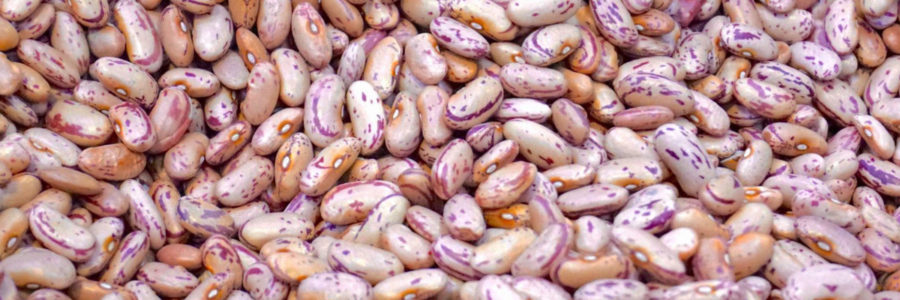
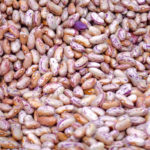
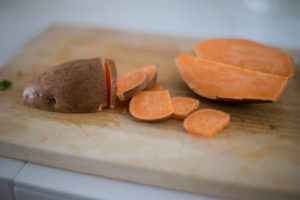 Oats – Who said cereals are the only breakfast in the United States? Replacing cereal with oatmeal is not only cheaper but healthier too. The sugars that are included in every serving of cereal will show in a bigger belly in your child. Oatmeal will keep your child feeling full longer, and your wallet will show the difference.
Oats – Who said cereals are the only breakfast in the United States? Replacing cereal with oatmeal is not only cheaper but healthier too. The sugars that are included in every serving of cereal will show in a bigger belly in your child. Oatmeal will keep your child feeling full longer, and your wallet will show the difference.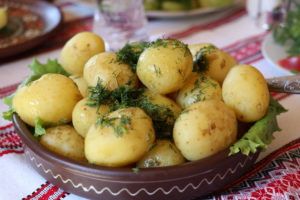 Regular Potatoes – Regular potatoes are full of fiber but also full of vitamin C and Potassium. The bad rep they get as a fatty, unhealthy food is because we think we need to eat them fried, full of butter and cheese, or accompanied by a big hamburger. This cheap food will certainly keep your child full and happy after they eat it for dinner.
Regular Potatoes – Regular potatoes are full of fiber but also full of vitamin C and Potassium. The bad rep they get as a fatty, unhealthy food is because we think we need to eat them fried, full of butter and cheese, or accompanied by a big hamburger. This cheap food will certainly keep your child full and happy after they eat it for dinner.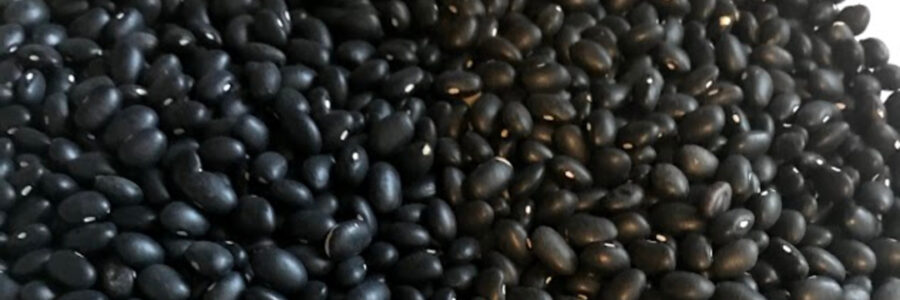
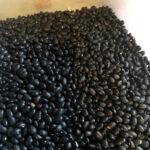




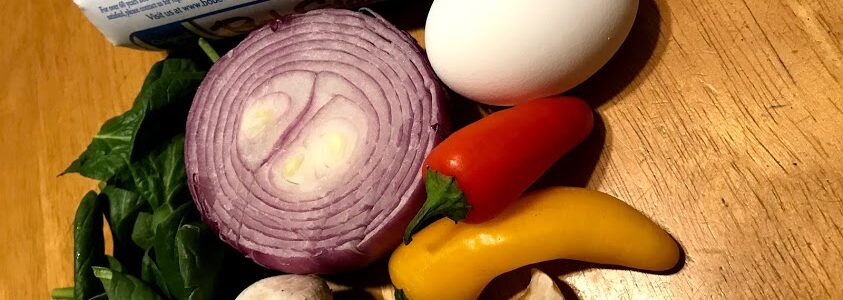
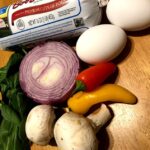
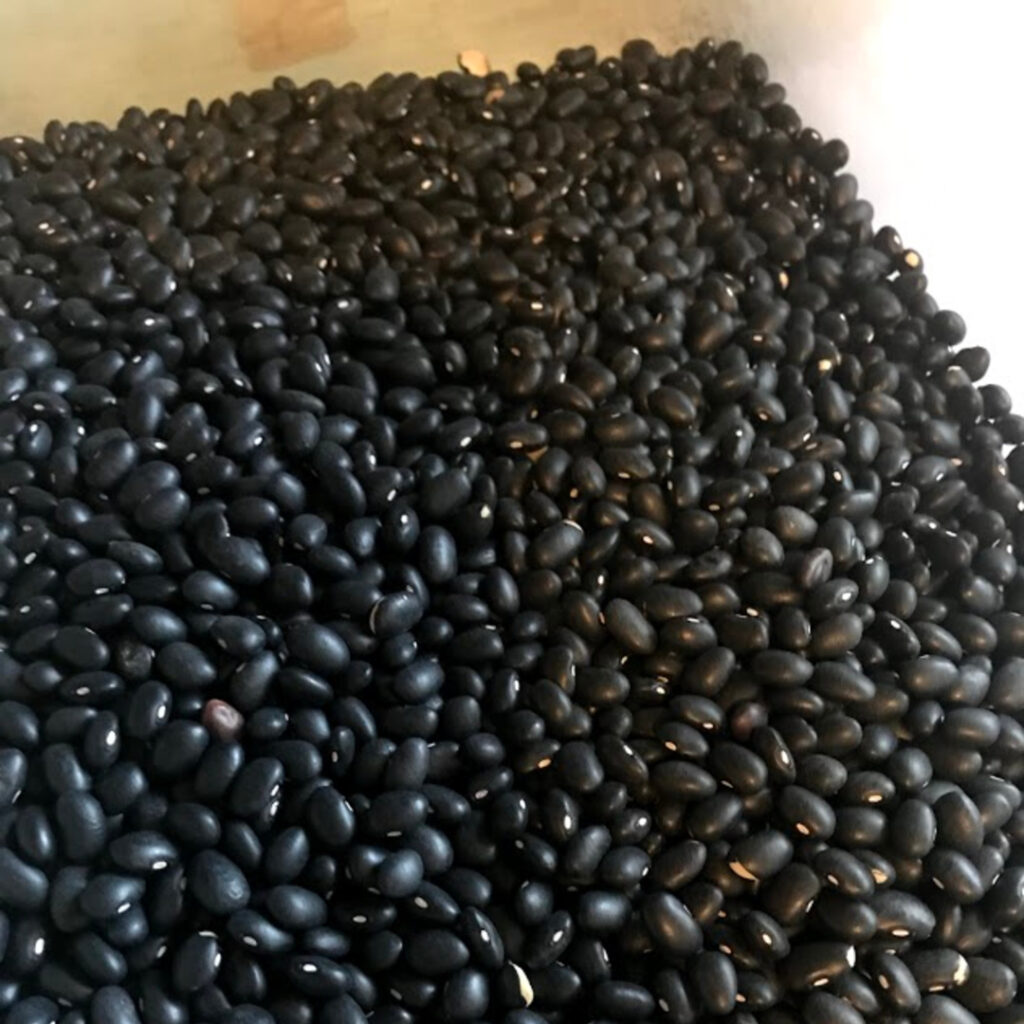
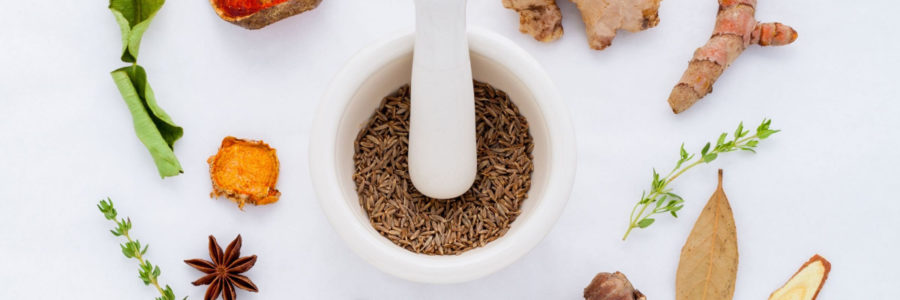
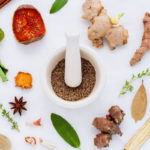
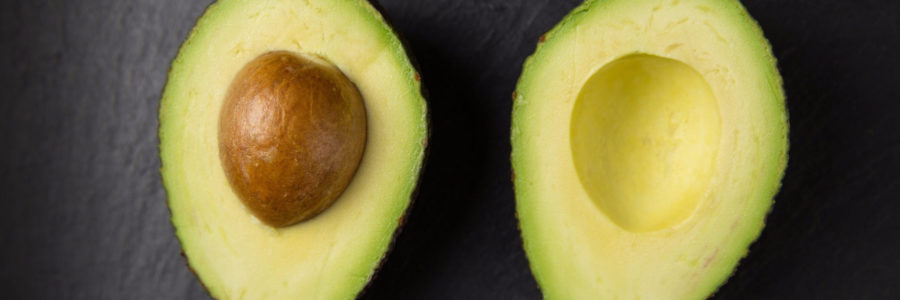
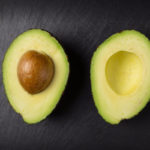
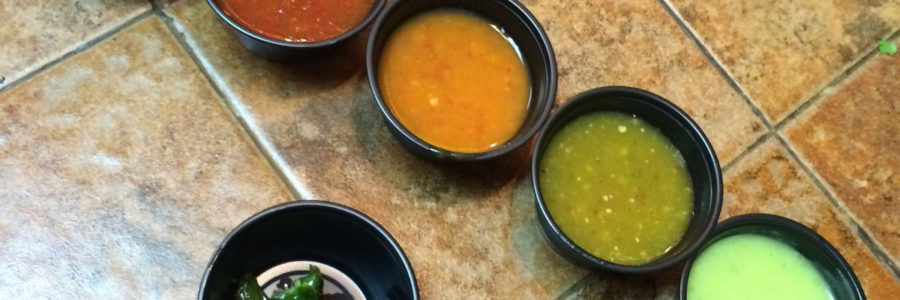
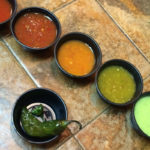
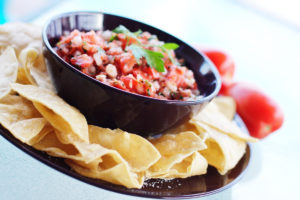 1. Peppers that you use – if you use a mild pepper, then the salsa should not be as hot. Want it super mild? Use a roasted red bell pepper. There should be no heat at all.
1. Peppers that you use – if you use a mild pepper, then the salsa should not be as hot. Want it super mild? Use a roasted red bell pepper. There should be no heat at all.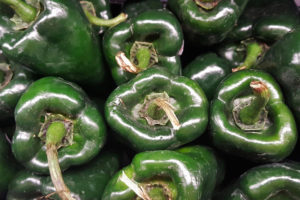 Next consider grilled salsa. With this approach you grill off most of the veggies that go into the salsa for a smoky flavor. I frequently make green salsa this way. I put one big red tomato, 6 tomatillos (green tomatoes), 3 or so jalapenos, large chunks of cut onion, one mild pepper and grill them all well. I peel off any major char but leave some minor specks. Then I blend them all in the blender with some salt, a bit of garlic and add diced cilantro. As you can image, this can vary quite a bit. You can use just read tomatoes, you can use poblano peppers to give it a very different flavor, etc. You should take these summaries and use them to find your own fresh flavor.
Next consider grilled salsa. With this approach you grill off most of the veggies that go into the salsa for a smoky flavor. I frequently make green salsa this way. I put one big red tomato, 6 tomatillos (green tomatoes), 3 or so jalapenos, large chunks of cut onion, one mild pepper and grill them all well. I peel off any major char but leave some minor specks. Then I blend them all in the blender with some salt, a bit of garlic and add diced cilantro. As you can image, this can vary quite a bit. You can use just read tomatoes, you can use poblano peppers to give it a very different flavor, etc. You should take these summaries and use them to find your own fresh flavor.



 Shop Smart: Avoid temptations that lurk in the candy and chip aisles. It is much easier to avoid the danger zones in the grocery store than to avoid the snacks burrowed in your own cabinets. A trick to avoiding the unhealthier items in the store is to shop around the perimeter of your store. The outside areas of the store are usually where the fresh veggies and fruit live. You can also find the freezers and refrigerators with eggs, milk, yogurts, and meats on the perimeter.
Shop Smart: Avoid temptations that lurk in the candy and chip aisles. It is much easier to avoid the danger zones in the grocery store than to avoid the snacks burrowed in your own cabinets. A trick to avoiding the unhealthier items in the store is to shop around the perimeter of your store. The outside areas of the store are usually where the fresh veggies and fruit live. You can also find the freezers and refrigerators with eggs, milk, yogurts, and meats on the perimeter.